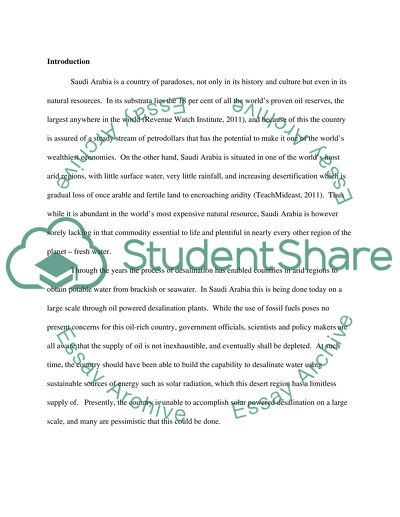Cite this document
(“Solar Energy For Desalination Technologies in Saudi Arabia Essay”, n.d.)
Retrieved de https://studentshare.org/engineering-and-construction/1390628-solar-energy-for-desalination-technologies-in
Retrieved de https://studentshare.org/engineering-and-construction/1390628-solar-energy-for-desalination-technologies-in
(Solar Energy For Desalination Technologies in Saudi Arabia Essay)
https://studentshare.org/engineering-and-construction/1390628-solar-energy-for-desalination-technologies-in.
https://studentshare.org/engineering-and-construction/1390628-solar-energy-for-desalination-technologies-in.
“Solar Energy For Desalination Technologies in Saudi Arabia Essay”, n.d. https://studentshare.org/engineering-and-construction/1390628-solar-energy-for-desalination-technologies-in.


